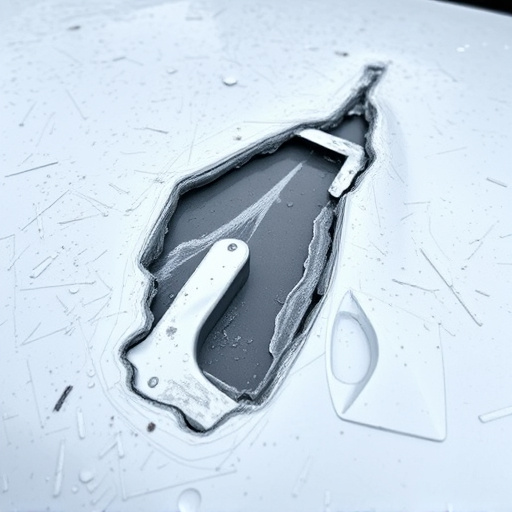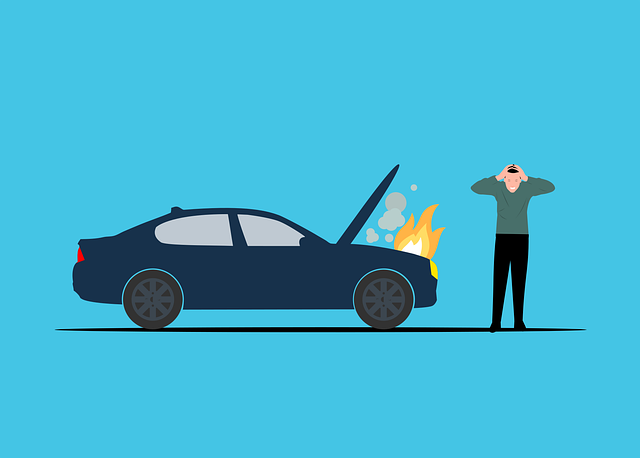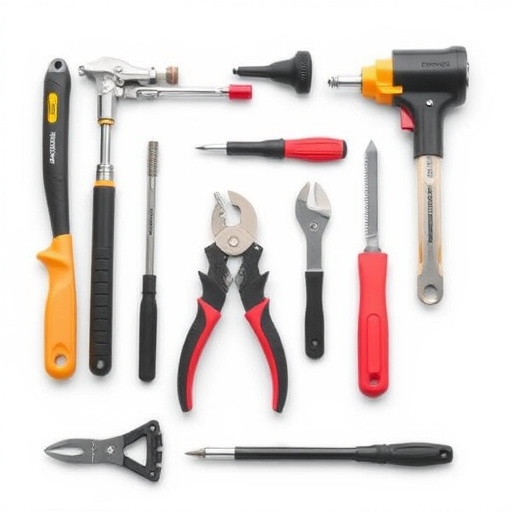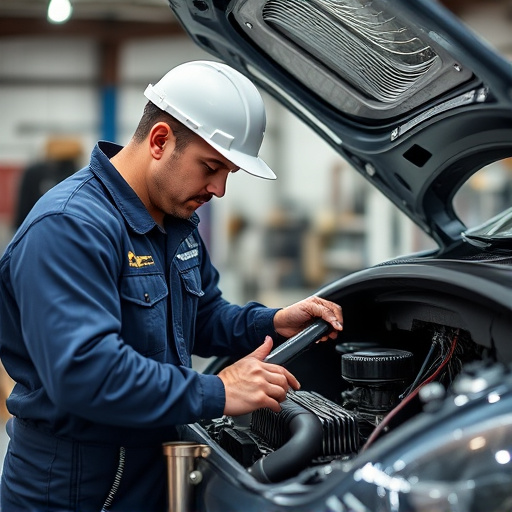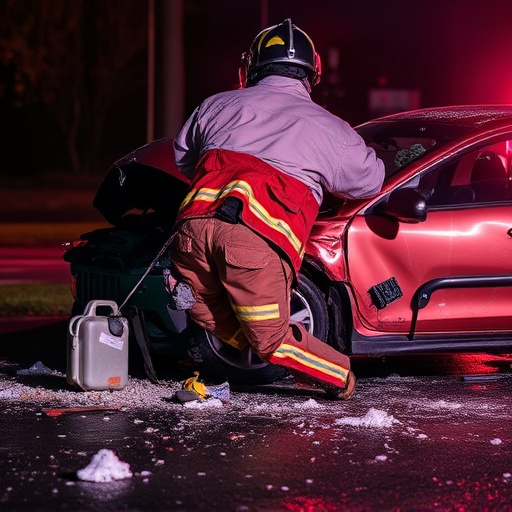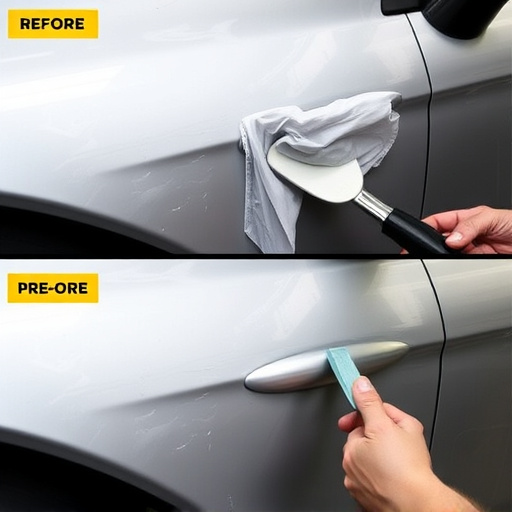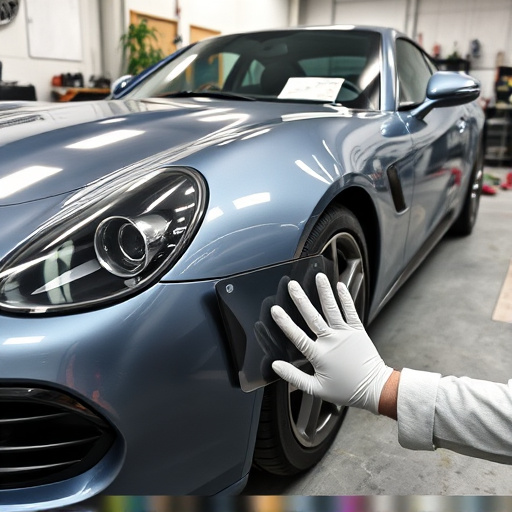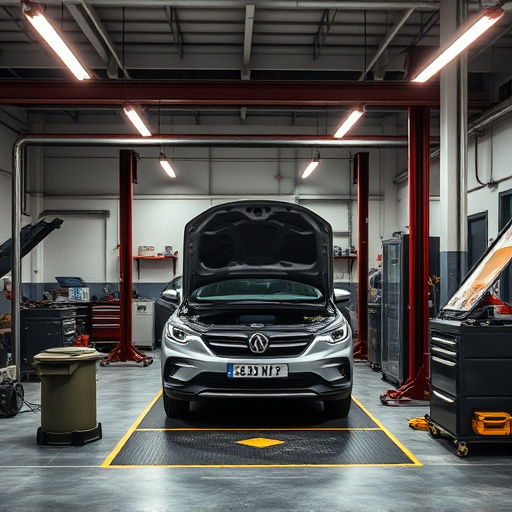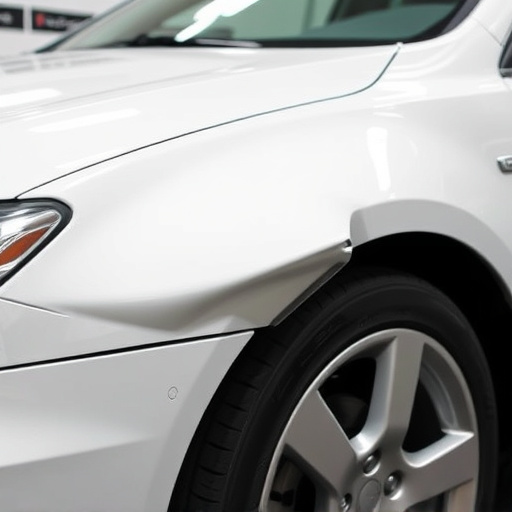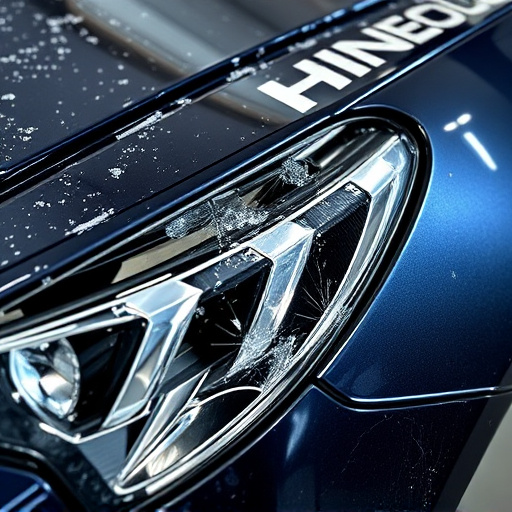Selecting structural adhesive systems requires understanding material compatibility and choosing products tailored to specific materials, with key factors including surface preparation, curing time, and environmental conditions. Thorough research is vital for ensuring structural integrity and long-lasting repairs in industries like auto collision centers. Proper surface preparation, such as cleaning, sanding, or applying primers, enhances adhesion, while meticulous application and curing processes ensure strong, permanent bonds.
Discover the best practices for applying structural adhesive systems with precision and efficiency. This guide delves into essential aspects such as understanding material compatibility for optimal adhesion, effective surface preparation techniques including cleaning and activation methods, and a detailed step-by-step application and curing process. By following these proven strategies, you’ll ensure robust bonds and superior performance in various applications of structural adhesive systems.
- Understanding Material Compatibility for Adhesion
- Surface Preparation: Cleaning and Activation Techniques
- Application and Curing Process: Step-by-Step Guide
Understanding Material Compatibility for Adhesion
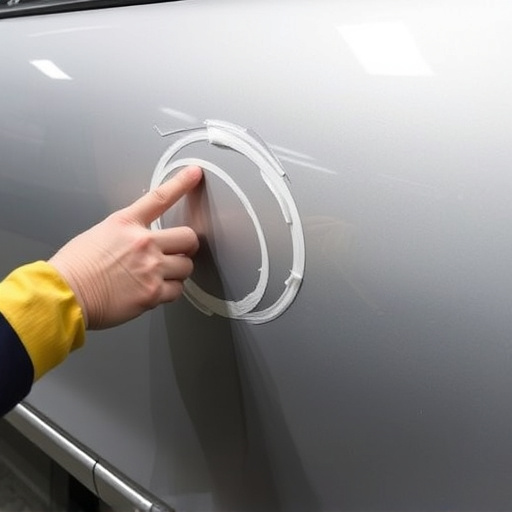
Choosing the right structural adhesive for any project hinges on understanding material compatibility. Different materials have distinct chemical compositions and properties that affect their bonding capabilities. For instance, a strong adhesive designed for metal might not adhere well to plastics or composites. Before applying any structural adhesive system, it’s crucial to research and select a product specifically formulated for the materials you’re working with. This could involve considering factors like surface preparation, curing time, and environmental conditions.
In scenarios such as auto collision centers where repairs include scratch repair or auto glass replacement, using compatible adhesives is paramount to ensure structural integrity and longevity of the repair. Improper material selection can lead to weakened bonds, compromising safety in applications like automotive components. Thus, a thorough understanding of materials and the right adhesive application techniques are essential for successful outcomes when working with structural adhesive systems.
Surface Preparation: Cleaning and Activation Techniques
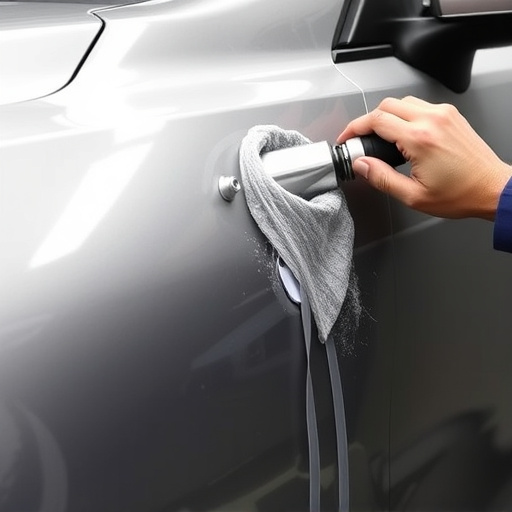
Proper surface preparation is a fundamental step in ensuring the effectiveness of structural adhesive systems. Before applying any adhesive, it’s crucial to thoroughly clean the surfaces to remove dirt, grease, oil, and other contaminants that can hinder adhesion. This involves using appropriate cleaning agents and techniques tailored to the material being bonded, such as automotive paint or metal. For example, degreasing solvents are essential for preparing metal surfaces while solvent-based cleaners or alkaline solutions might be required for plastic or composite materials.
To enhance surface activation and promote better bonding, various methods can be employed. These include mechanical techniques like sanding or abrasive blasting to create a rough texture that increases the surface area for adhesive penetration. Chemical treatments, such as applying primers or coupling agents, can also improve adhesion by chemically binding the adhesive to the surface. These preparation methods are vital when repairing car scratches, dents, or even vehicle paint repairs, ensuring that structural adhesives provide robust and lasting bonds.
Application and Curing Process: Step-by-Step Guide
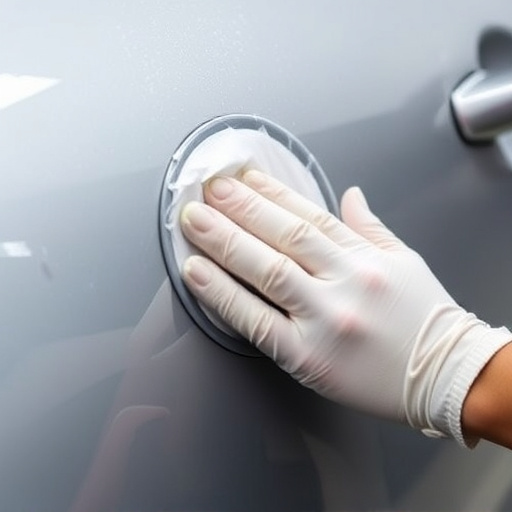
Applying structural adhesive systems requires a meticulous process to ensure optimal bonding and strength. The first step is preparing the surfaces meticulously by cleaning them thoroughly, removing any grease, dust, or debris. This can involve using suitable solvents or degreasers specific to the material being bonded. Once the surfaces are pristine, apply a thin layer of the structural adhesive evenly across both areas intended for bonding. It’s crucial to follow the manufacturer’s instructions regarding application methods and timing.
The curing process is where the magic happens. Allow the adhesive to set according to its recommended time frame. This may involve maintaining specific environmental conditions like temperature and humidity. In many cases, heat or UV light might be required to expedite the curing process, especially in an auto body shop or tire service setting. During this stage, any movement or disruption can compromise the bond strength, so patience is key. Once cured, the structural adhesive system forms a strong, permanent bond, enhancing the overall integrity of the assembled components, whether in an automotive body shop or another industry.
Applying structural adhesive systems requires a meticulous understanding of material compatibility, thorough surface preparation, and precise application. By following these best practices, professionals can ensure optimal adhesion and long-lasting strength in various industries. Surface cleaning and activation are crucial steps that prepare materials for successful bonding. A well-executed application process, coupled with appropriate curing techniques, leads to durable connections. Embracing these methods enhances structural integrity and opens doors to innovative construction and repair solutions.
